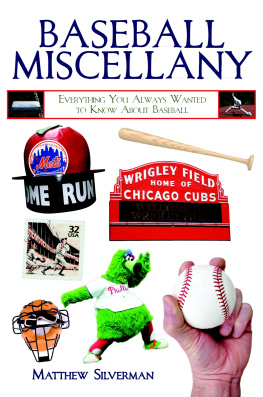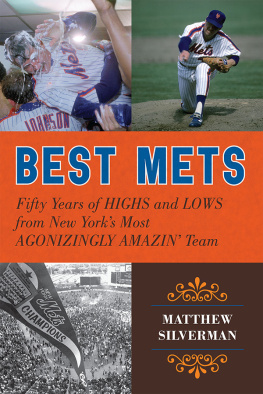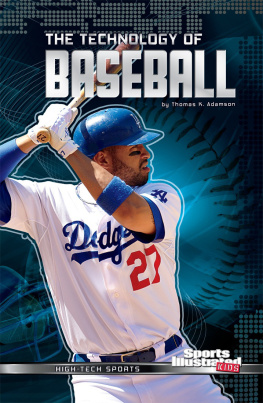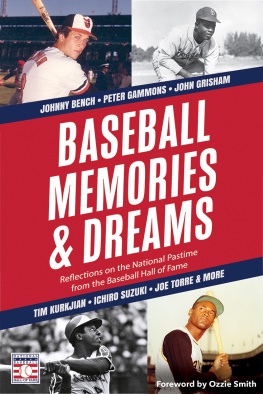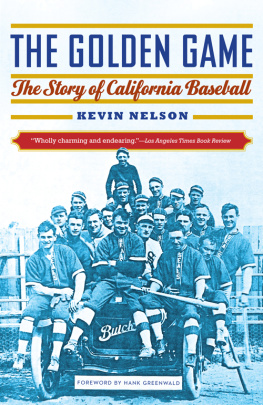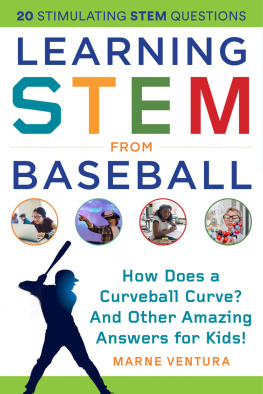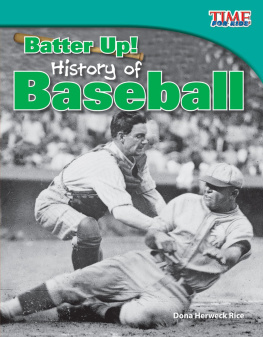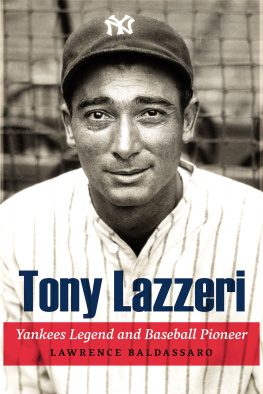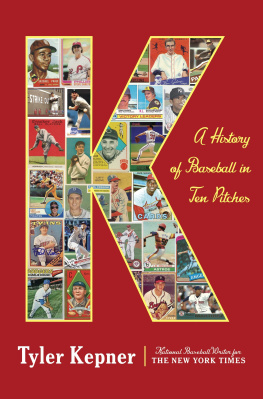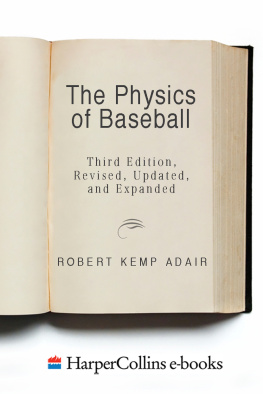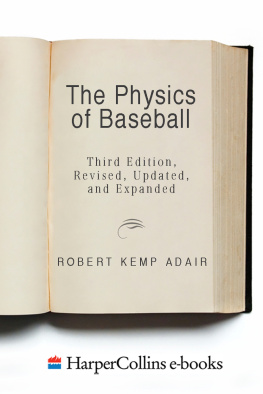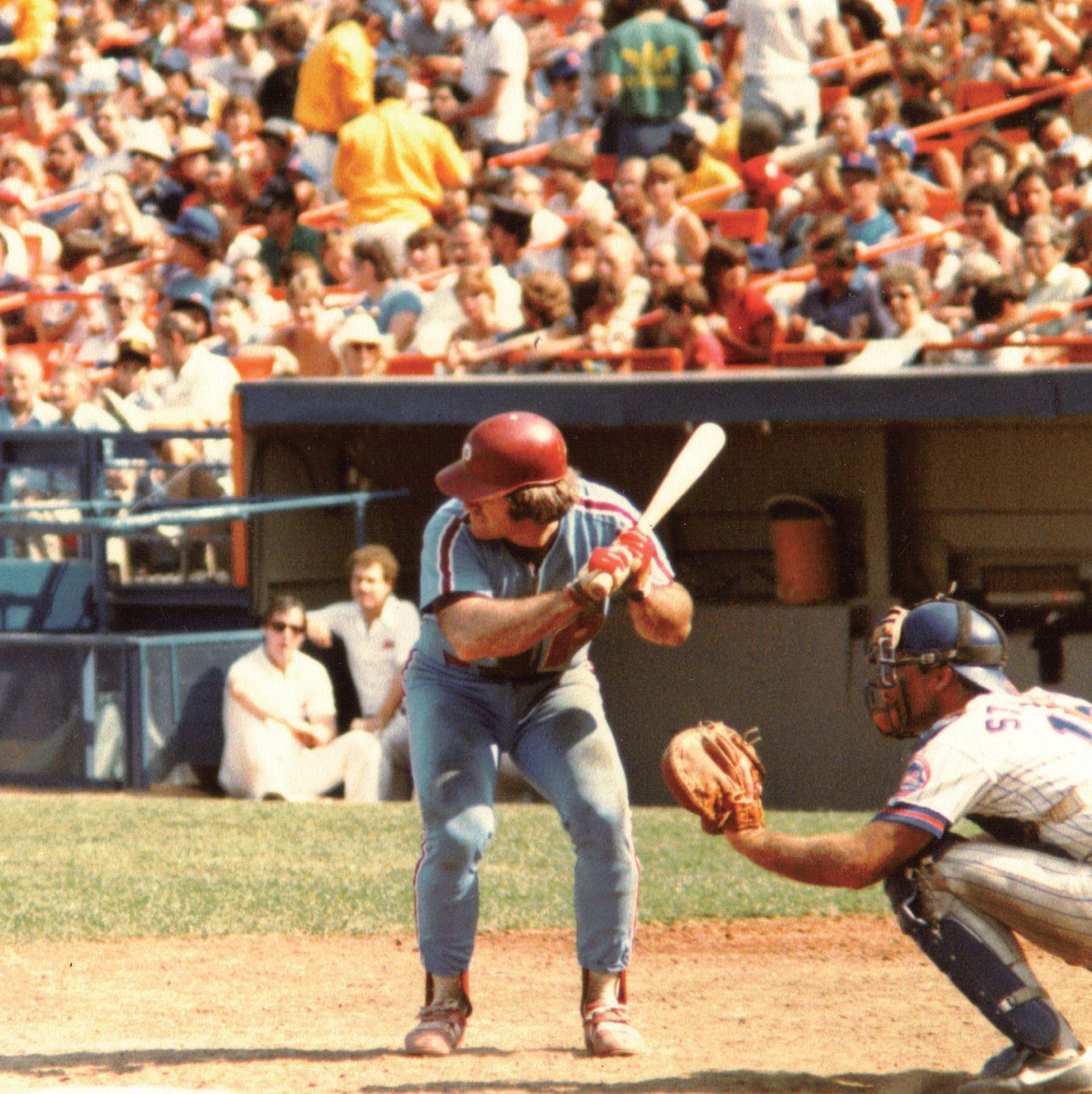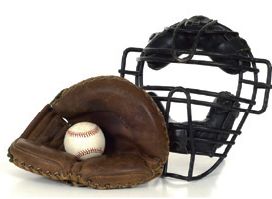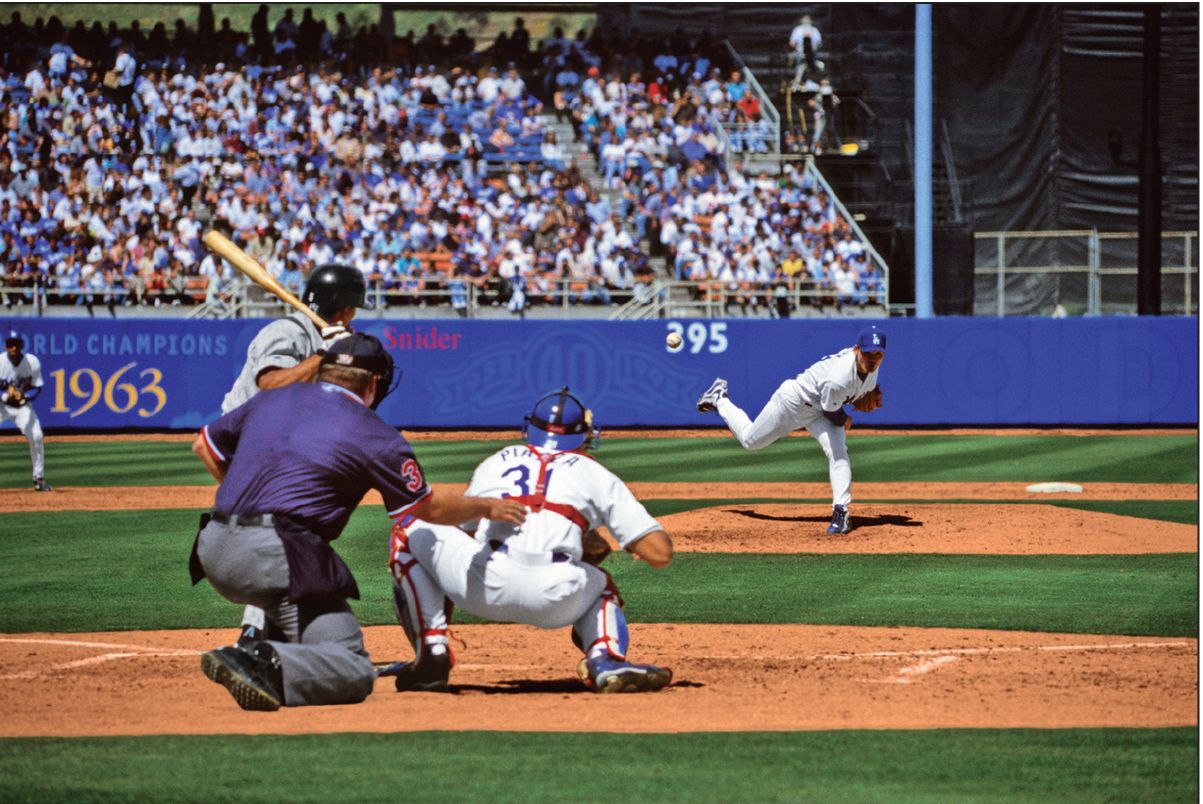Matthew Silverman - Baseball Miscellany: Everything You Always Wanted to Know About Baseball
Here you can read online Matthew Silverman - Baseball Miscellany: Everything You Always Wanted to Know About Baseball full text of the book (entire story) in english for free. Download pdf and epub, get meaning, cover and reviews about this ebook. year: 2011, publisher: Skyhorse Publishing, Inc., genre: Home and family. Description of the work, (preface) as well as reviews are available. Best literature library LitArk.com created for fans of good reading and offers a wide selection of genres:
Romance novel
Science fiction
Adventure
Detective
Science
History
Home and family
Prose
Art
Politics
Computer
Non-fiction
Religion
Business
Children
Humor
Choose a favorite category and find really read worthwhile books. Enjoy immersion in the world of imagination, feel the emotions of the characters or learn something new for yourself, make an fascinating discovery.
- Book:Baseball Miscellany: Everything You Always Wanted to Know About Baseball
- Author:
- Publisher:Skyhorse Publishing, Inc.
- Genre:
- Year:2011
- Rating:5 / 5
- Favourites:Add to favourites
- Your mark:
Baseball Miscellany: Everything You Always Wanted to Know About Baseball: summary, description and annotation
We offer to read an annotation, description, summary or preface (depends on what the author of the book "Baseball Miscellany: Everything You Always Wanted to Know About Baseball" wrote himself). If you haven't found the necessary information about the book — write in the comments, we will try to find it.
Why does a curveball curve? What is a can of corn? Why was Joe DiMaggio called the Yankee Clipper? Who wrote Take Me Out to the Ballgame? How many times did Ty Cobb steal home?
In Baseball Miscellany, the fascinating history and lore of our national pastime is finally revealed! For example, the reason a curveball curves is that its spin drags a layer of air across one surface of the ball faster than it does across the opposite surface. A can of corn is slang for an easy-to-catch fly ball, the term originating from a general store clerk reaching up and dropping a can from a high shelf. Sportswriters dubbed Joe DiMaggio the Yankee Clipper because he glided about the outfield with beauty and grace, like a clipper ship on the ocean. The lyrics to Take Me Out to the Ballgame were written in 1908 by vaudeville star Jack Norworth, who, while riding the subway, was inspired by a sign that said Baseball TodayPolo Grounds. And the great Ty Cobb stole home a whopping fifty-four timesfifty more than the career leader in total stolen bases, Rickey Henderson.
Packed with all manner of delightful surprises, beautiful illustrations and photographs, and delicious nuggets of information, Baseball Miscellany demystifies the origins and customs of Americas most celebrated game. From Spring Training through the World Series, youll be entertained with fun, little-known facts. Why do baseball players wear stirrup socks? Who invented the catchers mask? What Major League team passed up on signing eighteen-year-old Willie Mays in 1949? Settle into your favorite armchair, grab some peanuts or Cracker Jacks, and find out!
Matthew Silverman: author's other books
Who wrote Baseball Miscellany: Everything You Always Wanted to Know About Baseball? Find out the surname, the name of the author of the book and a list of all author's works by series.

